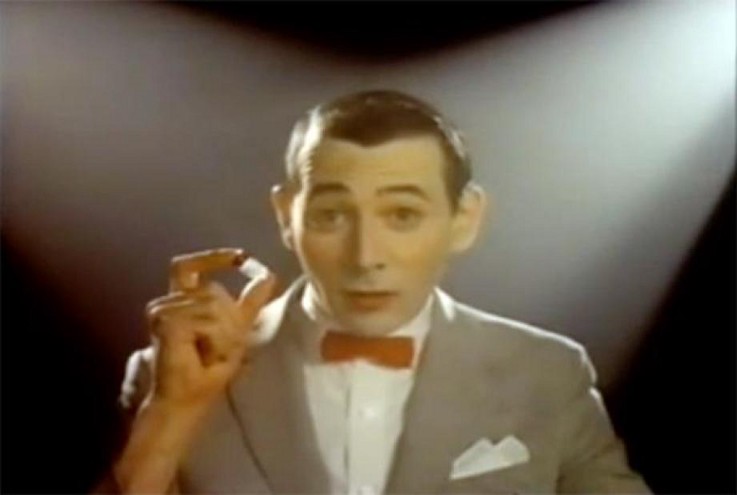Insights
New Trump Opioid Crisis Ads Fall Short.

This month, the White House, in partnership with the Ad Council, unrolled four new televised ads in its campaign to combat the opioid crisis. Reminiscent of tactics used in the Partnership for a Drug Free America’s 1987 “This is Your Brain on Drugs” anti-narcotics initiative, President Trump aims to “engage and enrage” viewers in the hopes of deterring opioid abuse, especially among America’s youth. He also hopes to change the minds of critics who say his administration is not being aggressive enough in responding to the opioid epidemic.
The ads last about 30 seconds and feature true stories of individuals intentionally hurting themselves to acquire more prescription opioids. In one, a man breaks his own back to get Oxycodone. In another, “Amy P.” wrecks her car to get more Vicodin. Each ad is meant to stress just how quickly and unintentionally addiction can occur and address the subsequent consequences, but they lack a sense of self-awareness and a general understanding of the conditions that precipitated today’s epidemic. In short, they feel slightly bizarre and more than a little tone deaf.
These ads won’t stop children and young adults from misusing opioids for a couple reasons. One, they feel like a nationwide reverse psychology experiment — children often like to do the opposite of what they’re told, or at least ignore what they’ve been told in the interest of learning for themselves. Not to mention, it’s hard to believe that young people will be deterred from misusing opioids because they’re shown a series of gruesome scenes.
Two, those who misuse opioids rarely do so with intent of becoming addicted. There are a maelstrom of factors contributing to today’s crisis, which lawmakers at federal, state and local levels are attempting to address with whack-a-mole legislation aiming to police illegal opioid sales, crack down on drug dealers, impose prescription limits or ease access to anti-overdose drugs — solutions that only tackle part of the problem but don’t engender a holistic, preventative approach. Yelling at America’s youth through the TV may be a cheaper (Trump’s words, not mine) solution, but it’s merely a band aid.
The solution to the opioid epidemic isn’t a shock and awe campaign meant to instill a visceral and life-long fear in America’s youth — one that scares them straight and inspires unwavering moral fortitude. Additionally, “shocking the conscience,” as Trump hopes to do, frames addiction as a matter of choice. Those with a bad conscience or poor values become addicted to drugs, those who have the moral fiber to “just say no” don’t. Science has told us for years that addiction is not a choice but a disease, the stigma of which makes it incredibly difficult to treat and raise awareness.
In Trump’s anti-opioid ad campaign, scare-tactics are a communications misfire. They come off as tone deaf because they ignore and refuse to accept responsibility for the root of the problem. Our country has a serious issue with excessive prescribing of prescription opioids. Nine out of 10 patients receive prescription opioids after surgical procedures. In 2016, enough opioids were prescribed to provide every American with 36 pills. In the same year, nearly 3 million patients who were prescribed opioids after surgery became persistent users. When the habit becomes too expensive, prescription opioid addiction is a gateway to other, potentially deadlier synthetic narcotics, which account for the majority of opioid-related deaths in America today.
Aggressive, yes. These ads certainly follow in true Trump style. Effective? Probably not. They feel like white noise in the background of a public health crisis that requires more than theatrics to resolve. While personal stories of substance abuse and recovery can have a profound impact on this audience (especially among the barrage of overdose statistics that eventually lose meaning), it’s more effective to use them as calls to action or to offer solutions. Shocking people is one thing, but moving them to act is far more powerful.